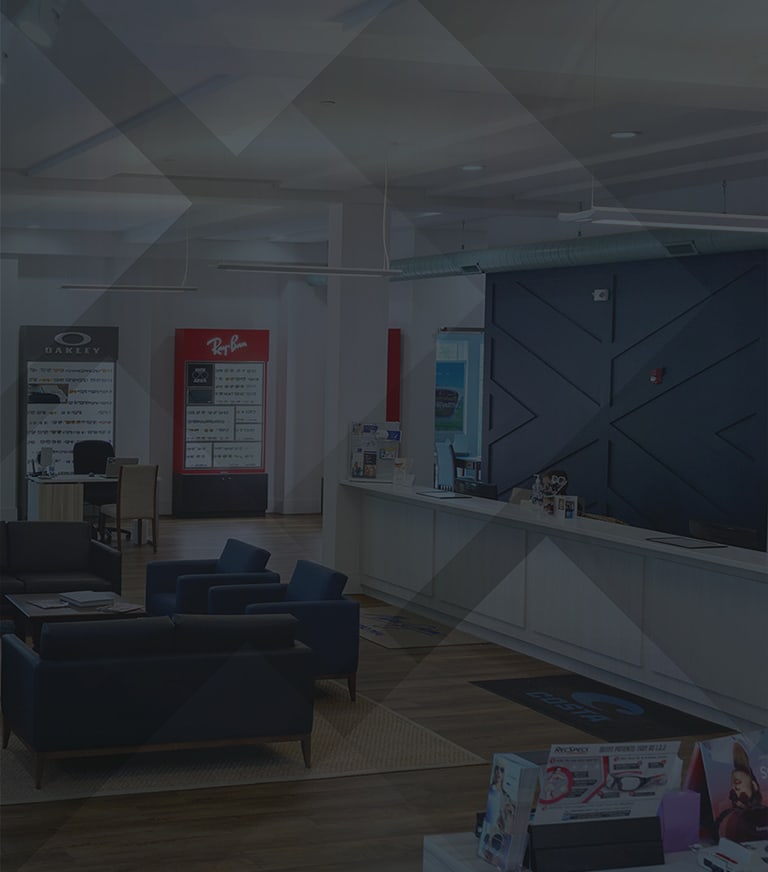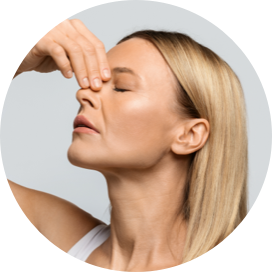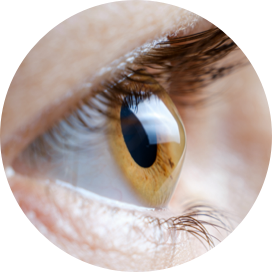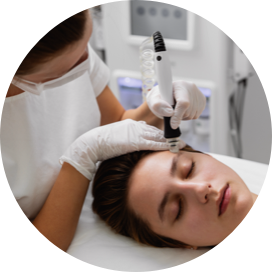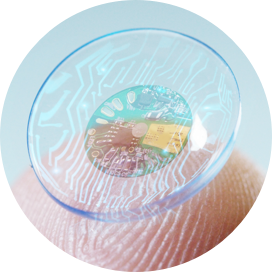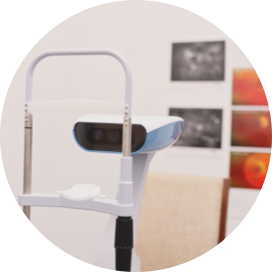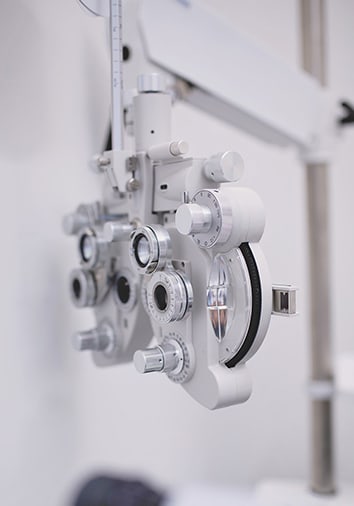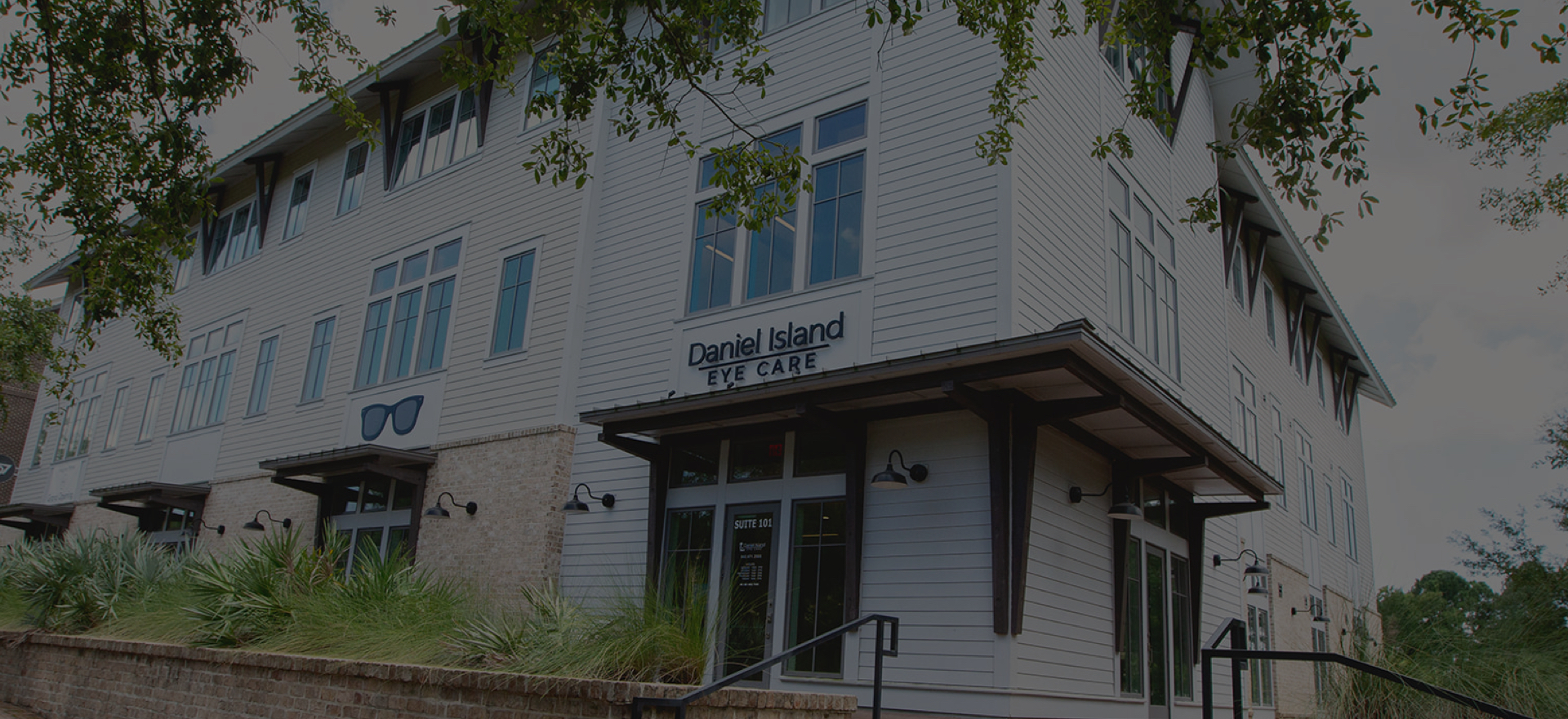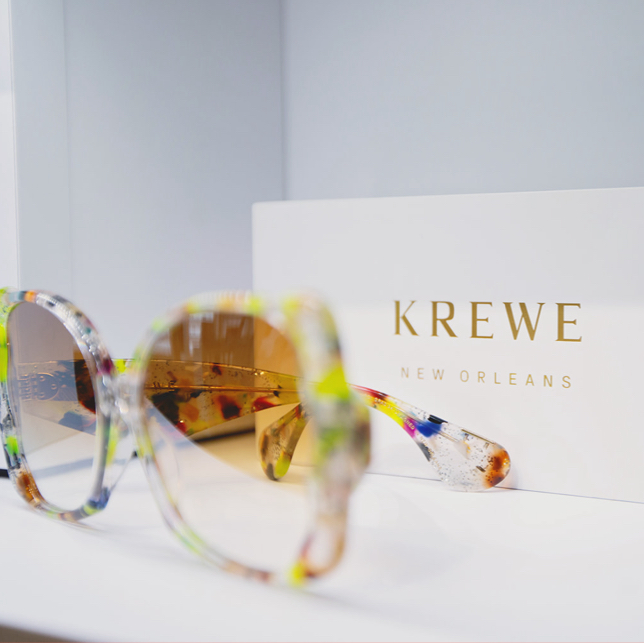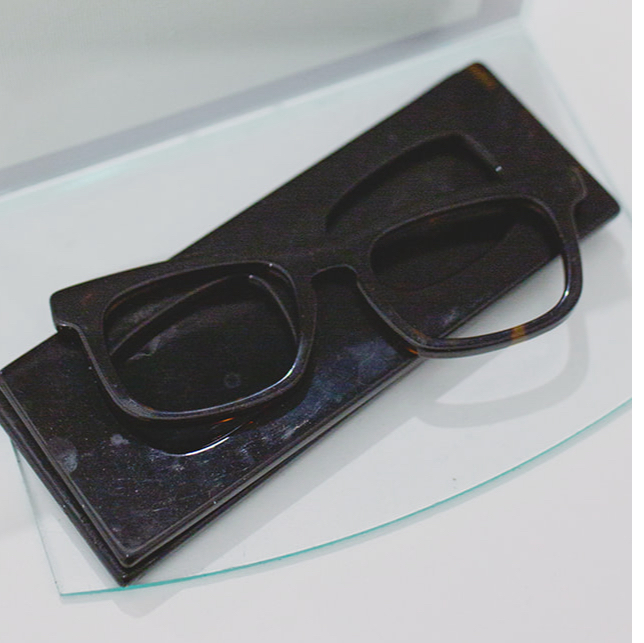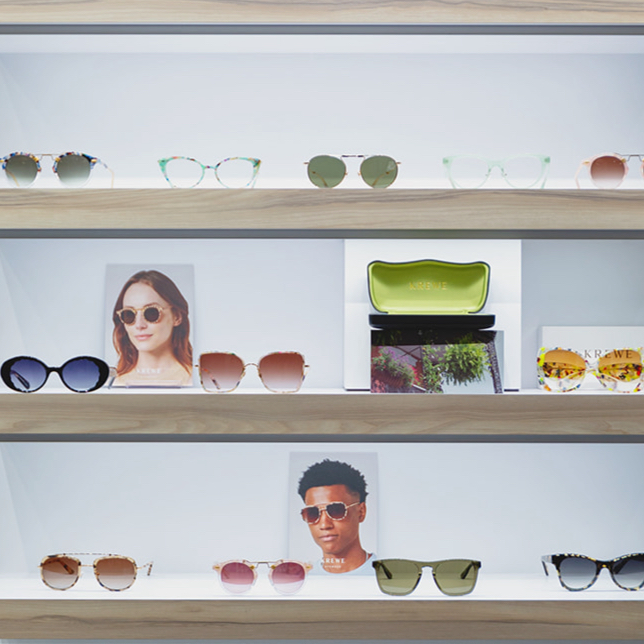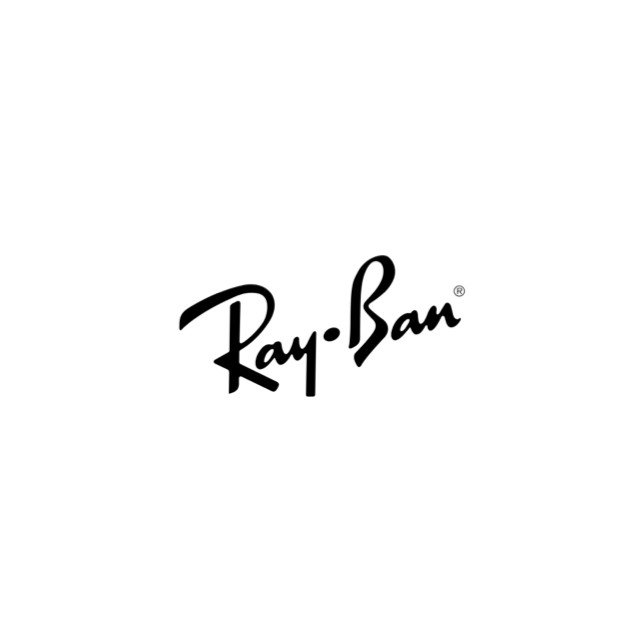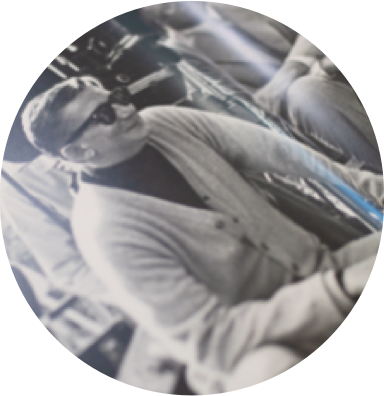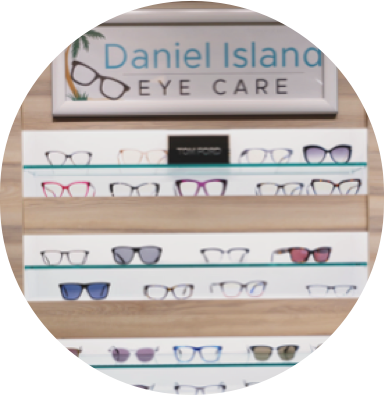If you have dry eye, you’re familiar with the discomfort it brings—scratchiness, redness, and a gritty sensation. You might think wearing contact lenses is out of the question, but with today’s lens technology and a proper fit, many people can wear contacts comfortably.
The key is to find the right type of lens designed for your specific needs, which is determined during a professional fitting. The best contact lenses for dry eye are often daily disposables or lenses with innovative moisture technology, but the perfect solution always starts with a thorough contact lens exam.
Why Contacts Can Make Your Eyes Feel Dry
Contact lenses rest on your tear film, the thin layer of moisture that keeps your eyes hydrated and healthy. Sometimes, lenses can disrupt this delicate layer, leading to dryness and irritation. The causes of dry eye are numerous, but understanding them can help you and your eye doctor find a comfortable solution.
The Role of Your Eyelid Glands
Your eyelids have tiny meibomian glands that produce an essential oil for your tears. This oil creates a protective layer that stops your tears from evaporating too quickly. When these glands become blocked, it can cause or worsen dry eye symptoms, making contact lens wear a challenge.
Signs of Dry Eye Discomfort
You may experience symptoms that make wearing your contacts difficult. Pay attention to signs like:
- Scratchy or burning eyes
- Redness or soreness
- Watery eyes
- A feeling like something is in your eye
- Blurry vision that comes and goes
- Difficulty wearing contacts for a full day
What to Look for in Contacts for Dry Eye
Not all contact lenses are made the same. Modern lenses have specific features designed to help keep your eyes hydrated and comfortable all day long. The different types of contact lenses offer unique benefits, and knowing what to look for can make a big difference.
Soft Lenses vs. Rigid Gas Permeable Lenses
Most people wear soft contact lenses because they are flexible and comfortable right away. Newer soft lenses made from silicone hydrogel allow more oxygen to reach your eye, which helps with comfort and health. Rigid gas permeable (RGP) lenses are smaller, durable lenses that can offer very sharp vision and are also highly breathable.
The Benefits of Daily Disposables
Daily disposable lenses are used once and then thrown away at the end of the day. This simple routine means you get a fresh, clean pair every single morning. Many people find that daily contacts are better for reducing the chance of deposit buildup from proteins and allergens that can irritate your eyes and contribute to dryness.
Lens Material and Technology
Contact lens technology is always improving to enhance comfort. Many brands now infuse wetting agents directly into the lens material to help them retain moisture. These technologies are specifically designed to keep the lens surface hydrated and smooth for a better wearing experience.
Contact Lens Options for Dry Eye

Several brands have developed lenses for people with dry eye in mind. For severe dry eye or certain corneal conditions, specialty options like scleral lenses may be the best solution.
AIR OPTIX plus HydraGlyde
These are monthly disposable lenses that feature technology to create a protective layer against irritating deposits. They also use a moisture agent designed to attract and maintain hydration on the lens surface. This helps keep them comfortable from morning to night.
ACUVUE OASYS with HYDRACLEAR PLUS
This is a 2-week disposable lens with a wetting agent built right in that mimics your natural tears. This technology helps stabilize your tear film, which is helpful for comfort and can be a great choice for people who experience symptoms of digital eye strain.
Bausch + Lomb ULTRA
This monthly lens is designed to maintain 95% of its moisture for up to 16 hours of wear. This high level of moisture retention can be very helpful for computer users. It helps reduce symptoms of eye fatigue related to digital device use.
CooperVision Biofinity and Biofinity Energys
These monthly lenses use a technology that locks water molecules into the lens, keeping it moist and comfortable. The Biofinity Energys version also has a special design to help ease eye strain. It helps your eyes shift focus between on-screen and off-screen activities more easily.
Simple Care Tips for More Comfortable Wear
How you care for your lenses can make a big difference in how your eyes feel. Following proper contact lens care instructions can support all-day comfort and keep your eyes healthy. A few simple steps can change your entire contact lens experience.
Clean and Store Your Lenses Correctly
Always use the cleaning and storage solution recommended by your eye doctor, and never use tap water on your lenses. It’s also a good idea to replace your lens case every 3 months. This simple step helps prevent bacteria from building up and causing irritation.
Use the Right Eye Drops
Artificial tears or rewetting drops made specifically for contact lens wearers can provide quick relief when your eyes feel dry. If you have sensitive eyes, look for preservative-free formulas. Be sure to check expiration dates, as using expired eye drops can lead to contamination and reduced effectiveness.
Take a Break from Your Contacts
Giving your eyes a rest can do wonders for their comfort. Try wearing your glasses for a day or 2 each week to give your eyes a break. And always make sure to remove your lenses before you go to sleep to let your eyes breathe.
Get a Professional Contact Lens Fit
The only way to know which contact lens is right for you is through a comprehensive exam and fitting. Your eyes are unique, and what works for one person might not work for another. A personalized approach is key to comfort and clear vision, which is why a professional contact lens fitting is essential.
The Importance of a Custom Exam
A contact lens exam goes beyond a typical vision test. Your eye doctor will measure your eye’s surface to find the right size and curvature. We also assess your tear film and overall eye health to determine which lens material and replacement schedule best suits you.
Work with an Eye Doctor in Charleston, SC
Finding the right contacts for dry eye often involves trying a few different brands to see what feels best. We can provide you with trial lenses to wear for a few days. This allows you to test them in your real-world environment before committing to a full supply.
At Daniel Island Eye Care, we love helping our neighbors find comfortable vision solutions. With an extensive inventory of contact lenses, we can find a fit that works for your eyes and your lifestyle. Schedule your appointment today, and let’s get you back to comfortable, clear vision.
